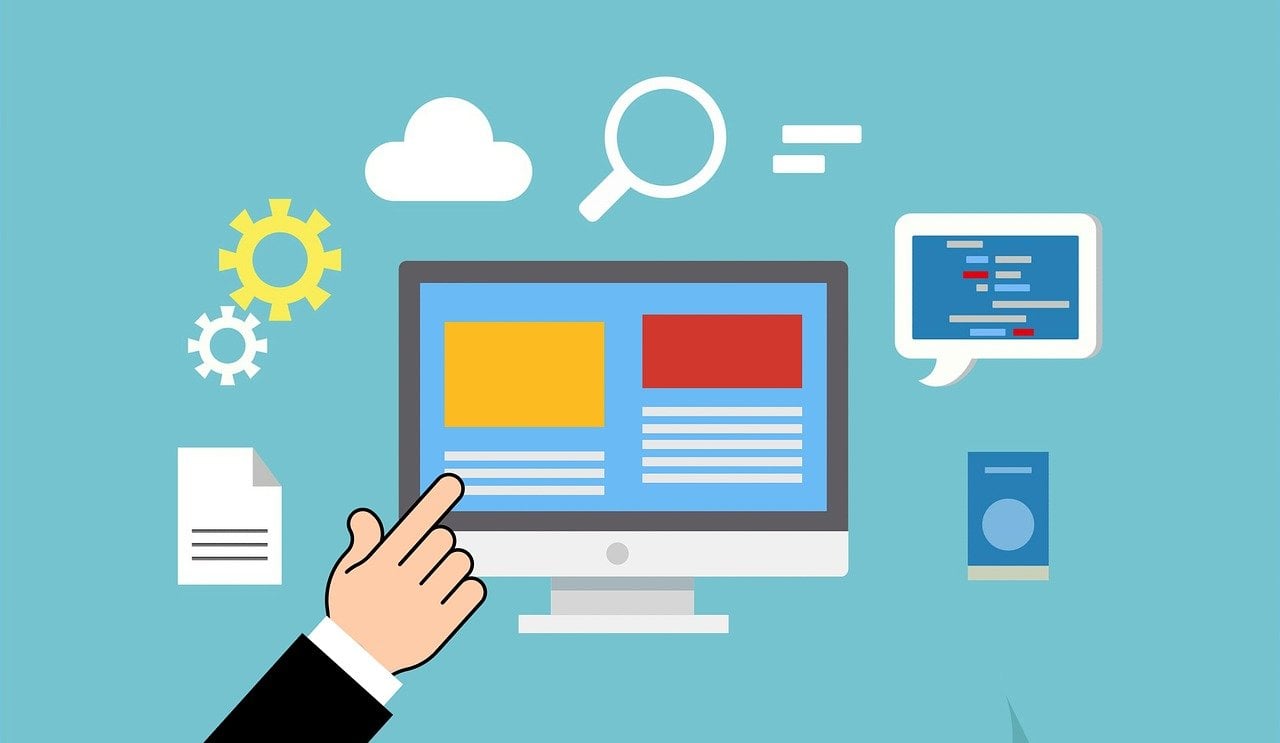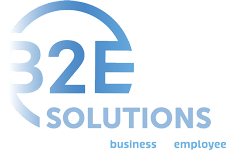Payroll personnel are essential to any organization, ensuring that employees are compensated accurately and on time. However, the payroll process is far more complex than many realize. With compliance requirements, timekeeping errors and various other factors affecting payroll accuracy, managing payroll efficiently can be a challenge. These complexities require tremendous precision, as a single mistake can send ripples through an organization, deteriorating employee trust and racking up costs.
Today, we’ll talk about the best kept secret to achieving worry-free payroll perfection: a combined payroll and workforce management solution. But first, a word about workforce management.
What is workforce management?
Workforce management (WFM) is a subset of human capital management (HCM), and is a key area supported by HCM technology. Think about it like this. HCM is a large umbrella term that speaks to the practices and tools organizations use to manage the entire employee lifecycle, from hire to retire. Under the HCM umbrella is workforce management, which relates specifically to areas like staffing, scheduling, time and attendance tracking and labor forecasting.
Many organizations process their payroll using one technology, but handle their workforce management needs in separate tools, or even spreadsheets. The use of multiple, disparate solutions creates a huge problem because of how dependent payroll accuracy is on workforce management data like employee hours, pay rates, overtime rules, state-specific payroll laws, timecard accuracy, garnishments and more. Bringing payroll and workforce management together in one tool is critical, as it facilitates the necessary checks and balances, efficiency, data sharing and automation needed to uphold compliance and process accurate, timely payroll.
Why payroll & workforce management are better together
The connection between payroll and workforce management cannot be ignored. Time, attendance and scheduling data directly impact an organization’s ability to uphold compliance and pay employees accurately, efficiently and on time. By eliminating disparate systems and bringing payroll and workforce management together in one system, you will see a number of benefits.
1. Employee trust and satisfaction
Payroll accuracy plays a crucial role in employee satisfaction. Even minor payroll errors can result in frustration, which may erode trust in your organization and cause employees to seek employment elsewhere. By combining payroll and workforce management capabilities in one system, you can ensure that time, attendance, scheduling and other critical workforce data flow seamlessly into payroll calculations, eliminating the risk of errors that often arise from manual data entry or discrepancies between disconnected systems.
2. Simplified compliance management
Adhering to ever-changing federal and state labor laws and tax regulations can be complex, no matter the size of your organization. One misstep can result in costly fines, penalties, inaccurate paychecks, damage to your credit ratings and even lasting legal trouble. Bringing payroll and workforce management together in one system reduces the risk of non-compliance by introducing the proper checks and balances needed at various steps leading up to pay day. This allows you to set complex compliance-related rules, catch missed punches or required breaks, simplify garnishments, easily pull compliance reporting that involves both pay and time data and more.
3. Greater transparency and cost savings
When payroll and workforce management operate in separate systems, inconsistencies and errors can easily go unnoticed, leading to unnecessary expenses and inefficiencies. A unified system provides real-time visibility into labor costs, overtime and scheduling trends, helping organizations identify cost-saving opportunities and errors. With accurate forecasting, robust reporting, system alerts, smart insights and automation capabilities, businesses can prevent excessive labor costs, ensure proper staffing levels and reduce administrative overhead — ultimately leading to better financial decision-making and a stronger bottom line.
4. Increased productivity and time savings
Manually transferring data between different tools used to manage payroll, time tracking, scheduling, labor costing and other workforce management responsibilities is not only prone to errors, it’s incredibly time consuming. A combined solution automates key processes, reducing administrative workload and freeing up HR and payroll teams to focus on strategic initiatives rather than data entry and troubleshooting discrepancies. Additionally, managers and employees benefit from self-service tools that streamline time-off requests, schedule adjustments and payroll inquiries, cutting down on unnecessary back-and-forth and improving overall efficiency.
It’s time to transform your payroll and workforce management
Combining workforce management within your payroll solution can be a game-changer for your organization, eliminating payroll errors, boosting efficiency, simplifying compliance management, fueling employee satisfaction and saving you money.
B2E Solutions offers a leading human capital management (HCM) solution that seamlessly combines payroll, workforce management and other HR and talent management functions into one, unified system. Ready for worry-free payroll perfection? You’ll get even more than that!
Contact us today to learn more about how our HCM solution can help you.










